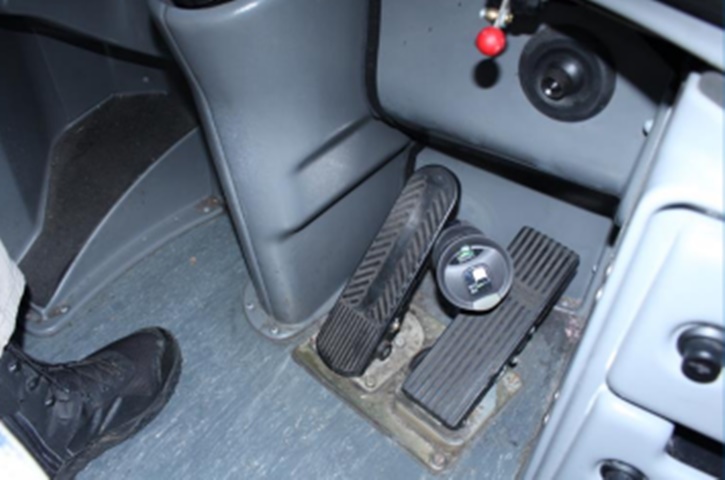 Queens, NY – A freak accident involving a dropped thermos might have caused a bus crash that killed three people in New York City, federal safety investigators said Thursday.
Queens, NY – A freak accident involving a dropped thermos might have caused a bus crash that killed three people in New York City, federal safety investigators said Thursday.
Subscribe to our Daily Roundup Email
The National Transportation Safety Board said a thermal bottle could have gotten wedged in the brake and accelerator pedals of the charter bus at the center of the September 2017 crash, preventing the driver from braking.
Investigators said they weren’t sure the thermos got stuck but couldn’t rule it out. Ultimately, they pegged the probable cause of the wreck as unintentional acceleration and an inability to brake “for reasons that could not be conclusively determined from the information available.”
Messages were left Thursday for the bus company, Dahlia Group Inc., and a lawyer who has represented it.
The charter bus blew through a red light at a Queens intersection, slammed into a city bus, barreled across a sidewalk and hit a building, ripping the facade off a fried chicken restaurant and sparking a small fire.
Charter bus driver Raymond Mong, pedestrian Henry Wdowiak and a passenger on the city bus, Gregory Liljefors, were killed. Sixteen other people were injured in the early-morning wreck on Sept. 18, 2017.
It prompted scrutiny of the bus company’s safety history and Wong’s off-duty driving record, which had cost him a job as a city bus driver.
The NTSB found no problems with the vehicle’s accelerator or brake system, and no evidence that Wong’s experience, training or activities before the collision played any role in it.
A message was left Thursday at a possible phone number for his wife.
The NTSB found the bus accelerated from the 30 mph (48 kph) speed limit to about 60 mph (97 kph) in about 90 seconds before the crash. Meanwhile, the dashboard camera recorded exclamations from the driver and the sounds of metal rattling.
Then investigators discovered a metal thermal bottle near the vehicle’s control pedals.
Experimenting with a similar thermos, they saw the bottle could be lodged between the pedals in such a way that it held down the accelerator while blocking the use of the brake.
Objects on car floors have caused pedal problems before. In 2009, Toyota recalled millions of vehicles because the floor mats could snag the gas pedals and cause sudden acceleration.


Uh oh. Someone’s gonna be in hot water….